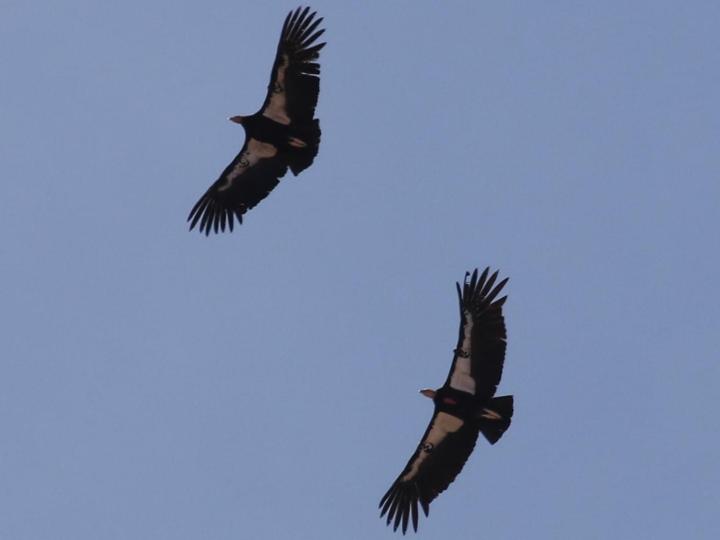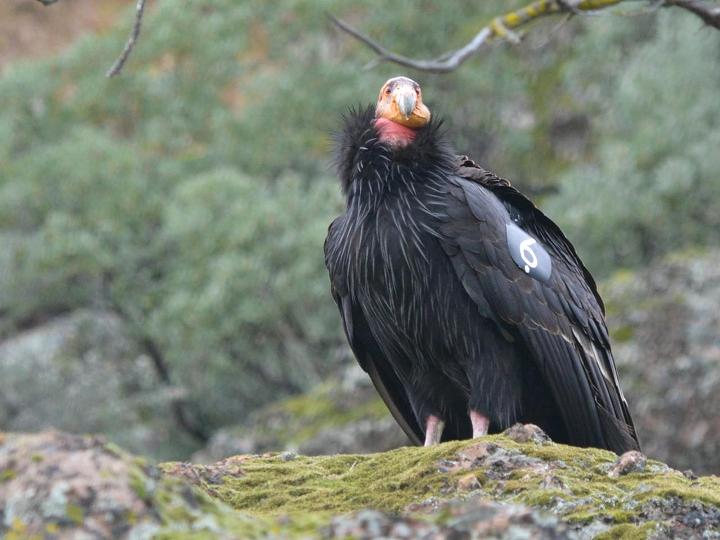 |
Canku Ota
|
 |
|
(Many Paths)
|
||
|
An Online Newsletter
Celebrating Native America
|
||
|
January 2020 - Volume
18 Number 1
|
||
|
|
||
|
California Condor
Gymnogyps californianus |
||
|
by All About Birds
|
||
|
BASIC DESCRIPTION The spectacular but endangered California Condor is the largest bird in North America. These superb gliders travel widely to feed on carcasses of deer, pigs, cattle, sea lions, whales, and other animals. Pairs nest in caves high on cliff faces. The population fell to just 22 birds in the 1980s, but there are now some 230 free-flying birds in California, Arizona, and Baja California with another 160 in captivity. Lead poisoning remains a severe threat to their long-term prospects.
Cool Facts
|
|||||||||||||||||||
|
|
|
||
|
|
||
| Canku Ota is a free Newsletter celebrating Native America, its traditions and accomplishments . We do not provide subscriber or visitor names to anyone. Some articles presented in Canku Ota may contain copyright material. We have received appropriate permissions for republishing any articles. Material appearing here is distributed without profit or monetary gain to those who have expressed an interest. This is in accordance with Title 17 U.S.C. Section 107. | ||
|
Canku Ota is a copyright ©
2000 - 2020 of Vicki Williams Barry and Paul Barry.
|
||
 |
 |
|
|
The "Canku
Ota - A Newsletter Celebrating Native America" web site and
its design is the
|
||
|
Copyright ©
1999 - 2020 of Paul C. Barry.
|
||
|
All Rights Reserved.
|
||







